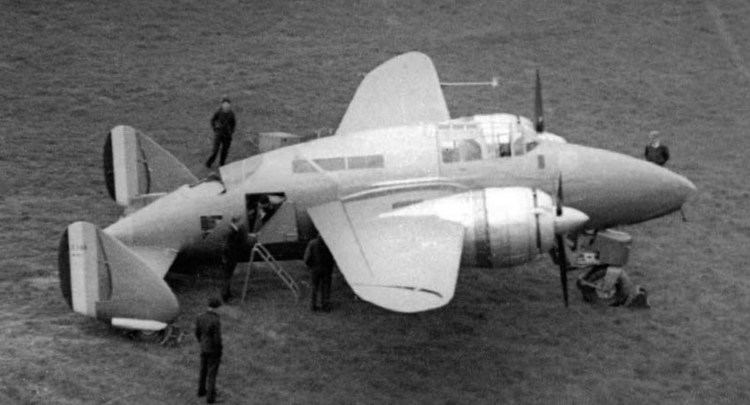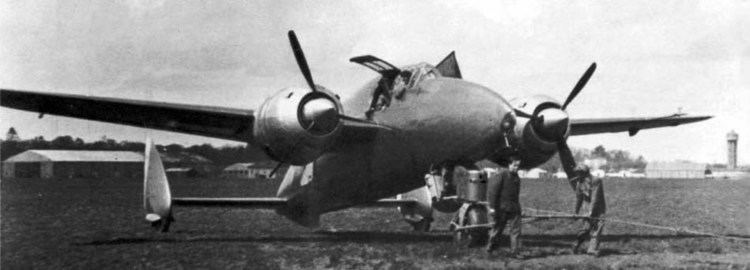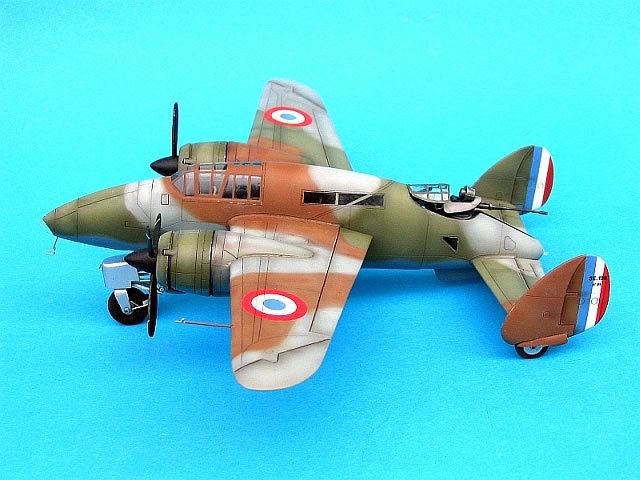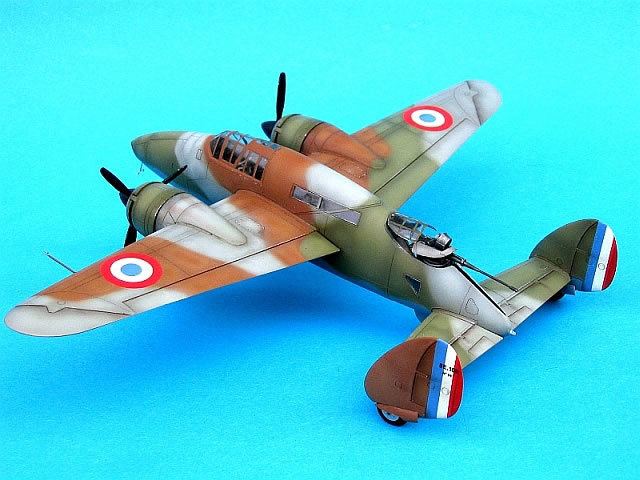Top speed 580 km/h Wingspan 16 m Cruise speed 499 km/h First flight March 29, 1939 | Range 1,300 km Length 12 m Engine type Gnome-Rhône 14M | |
 | ||
The SNCASE SE 100 was a French two-seat, twin-engined fighter which first flew in 1939. Mass production was planned to begin late in 1940 but the Fall of France prevented this.
Contents

Design and development

The origins of the SE.100 predate the creation of the SNCASE (Sud-Est) company in the nationalisations of 1937. It was designed by Pierre Mercier and Jacques Lecarme at Lioré et Olivier, initially designed the LeO 50. Underpowered by two Gnome-Rhône 14M engines, the design was recast to use the more powerful Gnome-Rhône 14N-20 and -21 engines, the same used in the Lioré et Olivier LeO 451 bomber, and renamed the SE.100. The aircraft was of conventional all-metal construction, having a mid-wing layout. As with most French twin-engined aircraft of the era, the engines were handed, one airscrew rotating clockwise and the other anti-clockwise, to minimise torque. The aircraft had a twin tail. In production models it was planned to redesign the wing to use components from the LeO 451 wing to ease production. The fuselage was short in appearance, with a long nose and a very short tail, the cockpit being connected to the gunner's position aft by a windowed corridor. The undercarriage was of the nosewheel type, rarely used in French aircraft of the 1930s, with the main wheels fitted right aft, retracting into the tail rather than the wings or engine nacelles as was conventional. The aircraft was fitted with four Hispano-Suiza HS.404 20 mm cannon in the nose and one in the gunner's post.

The first prototype of the SE.100 flew on 29 March 1939 at Argenteuil and a number of necessary changes were identified during the tests. It was destroyed in a crash on 5 April 1940. The aircraft proved to be around 100 km/h faster than the Potez 631, the French Air Force's current twin-engined fighter, and production was authorised.

While the tests were proceeding, a second prototype, incorporating the changes, the most obvious of which was the removal of the windowed corridor in the fuselage and its replacement by additional fuel tanks, was being built. The armament was increased to six cannon in the nose, two in the gunner's post and one additional cannon in the floor of the gunner's post. As the second prototype was being built, the Citroën company was preparing to mass-produce the aircraft at their Paris works, deliveries planned to begin late in 1940.

At least two paper variants were studied, the SE.101 powered by Pratt & Whitney R-1830 Twin Wasp engines, and the SE.102 powered by a different version of the Gnome-Rhône 14N. The SE.500 and SE-800 were to have been a 12 passenger transport and a four-engined transport, respectively, derived from the SE-100.
Specifications
Data from Breffort & Jouineau, L'Aviation française de 1939 à 1942, Tome 2.
General characteristics

Performance
Armament
